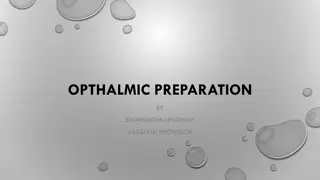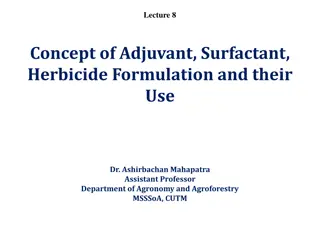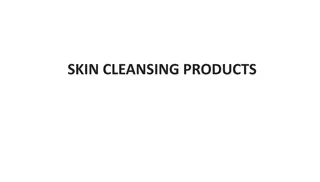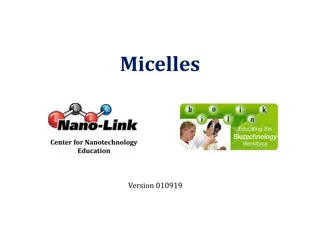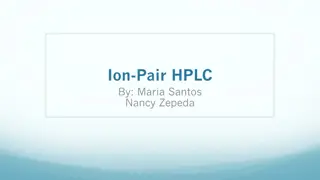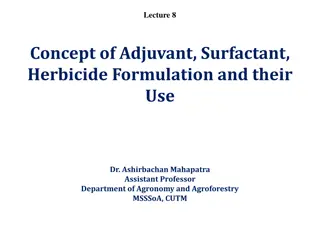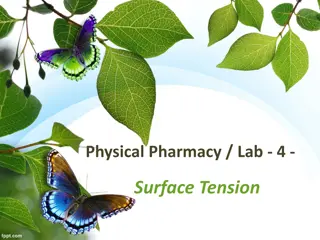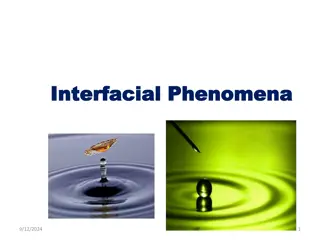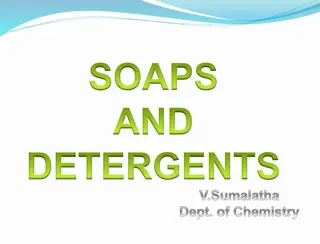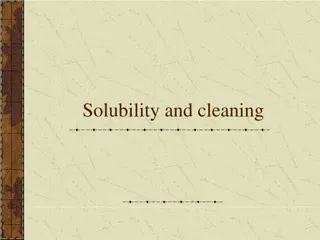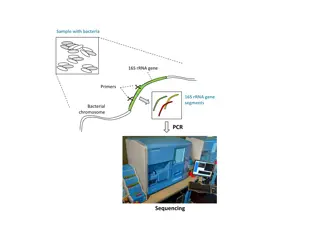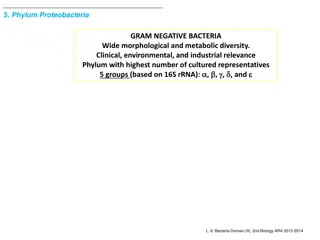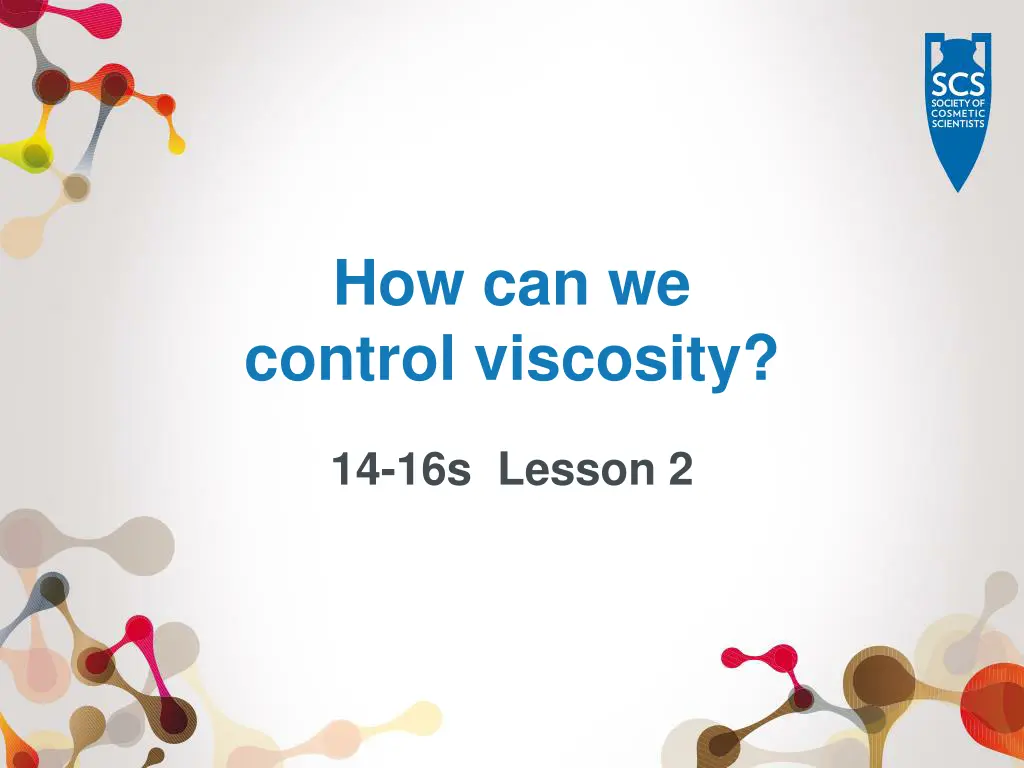
Controlling Viscosity in Surfactant Solutions: A Practical Guide
Explore the world of viscosity control in surfactant solutions with lessons on detergent functionality, micelle formation, and the impact of salt addition. Discover how to adjust the texture of cleaning products for optimal performance and customer appeal. Conduct experiments to determine the maximum viscosity achievable by adding salt solution to a runny surfactant product sample. Dive into the science behind creating the perfect consistency for effective cleaning solutions.
Download Presentation

Please find below an Image/Link to download the presentation.
The content on the website is provided AS IS for your information and personal use only. It may not be sold, licensed, or shared on other websites without obtaining consent from the author. If you encounter any issues during the download, it is possible that the publisher has removed the file from their server.
You are allowed to download the files provided on this website for personal or commercial use, subject to the condition that they are used lawfully. All files are the property of their respective owners.
The content on the website is provided AS IS for your information and personal use only. It may not be sold, licensed, or shared on other websites without obtaining consent from the author.
E N D
Presentation Transcript
How can we control viscosity? 14-16s Lesson 2
How do detergents work? Surfactant molecules allow oils and dirt to mix with water: water-loving head water-hating tail The water-hating tail is attracted to the dirt, while the water-loving head is attracted to the water. This lifts the oils and grime off our skin into the water. 14-16s LESSON 2: SLIDE 1
What is a micelle? Detergents are dissolved in water but one end of their molecules hates water! This makes the detergent molecules form a micelle . Micelles have the water-hating tails on the inside, and the water- loving heads on the outside. 14-16s LESSON 2: SLIDE 2
Controlling viscosity Cosmetic scientists create cleaning products for a wide range of customers. Sometimes these need to be thin and runny to disperse easily in water. Often they need to be thick enough to stay in place briefly on our skin or on a sponge / cloth. How could cosmetic scientists change the viscosity of a product? 14-16s LESSON 2: SLIDE 3
What happens when we add salt? Salt dissolves to form Na+ and Cl- ions. These mask the charges on the micelles so they can fit much closer together. The micelles also swell in size as the outer parts of the micelles are attracted to the Na+ ions. Micelles repel each other because the outer heads of the molecules have the same charge, and like charges repel. Cl- Cl- Na+ Na+ Na+ Cl- Cl- Na+ This helps make thick, viscous surfactant solutions. This makes detergents thin and runny. 14-16s LESSON 2: SLIDE 4
Your task This surfactant product sample works well to remove dirt, but it s very runny. We need to improve its texture so it is more appealing to customers. Discover how viscous (thick) you can make this sample of surfactant solution. Identify the maximum amount of salt solution that can be added. 14-16s LESSON 2: SLIDE 5
Prepare your sample Prepare your sample 1. Pour 200ml of surfactant solution into the 400ml beaker. 2. Measure the correct amount of salt solution (eg 56ml for sample B) from the batch of salt solution at the front of the class and add it to the 400ml beaker. 3. Stir for two minutes. Be careful not to allow any bubbles to get into your mixture. 4. Let the sample sit for a few minutes. 14-16s LESSON 2: SLIDE 6
Test your samples viscosity 1. Fill the measuring cylinder to the very top 2. Hold the ball bearing on the surface 3. Let go and start the stopwatch 4. Stop when the ball bearing touches the bottom. 14-16s LESSON 2: SLIDE 7
The salt curve sample results Time (s) 12 10 8 6 4 2 0 48 A 56 B 64 C 72 D 80 E 88 F 96 G 10 4 H 11 2 I ml of salt solution in the sample As we add salt solution the viscosity increases but then decreases again! Why is this? 14-16s LESSON 2: SLIDE 8
Why is there a salt curve? Adding too much salt (and in turn, more ions) causes the micelles to swell so intensely that they begin to completely lose their spherical shape and then bend, distort and burst. When this happens, the solution becomes thinner as surfactant molecules in these burst structures can move around each other more easily than when they were in enlarged spherical micelles. Cl- Cl- Cl- Cl- Na+ Na+ Na+ Na+ Cl- Na+ Na+ Na+ Cl- Cl- Cl- Na+ Cl- Na+ Na+ Na+ Cl- Cl- Na+ Cl- Cl- Na+ 14-16s LESSON 2: SLIDE 9

